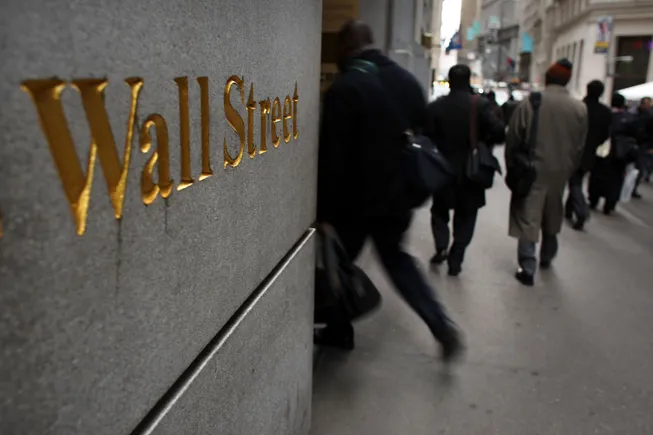With election season in full swing in the U.S. and around the world, this year is a bit unusual — and that translates to some uncertainty for builders, AECOM CEO Troy Rudd said in a third quarter earnings call Tuesday.
“When you look around the world, this is sort of the year of the election. I think that in the course of a period of 12 months, there’s about 64 federal government elections taking place. And what that means is a little bit of bumpiness, because as governments change, there’s no doubt there’s a change in new priorities,” Rudd said.
For example, he is seeing a reprioritization of funding in the Middle East and a pause on infrastructure projects in the U.K. resulting from July elections there.
However, Rudd said this doesn’t change his confident view of long-term trends. He noted that the new U.K. government has signaled plans to invest in infrastructure, energy transition and sustainability and resilience, while in the Middle East, leaders are investing in export-related infrastructure.
“What we don’t see when we look around is that there is any less of a focus on the long-term investment in infrastructure, in more sustainable, resilient infrastructure,” Rudd said.
Rudd said this quarter the firm has seen no material changes to its U.S. pipeline of projects, with one exception: the New York Metro market. In June New York Gov. Kathy Hochul decided to halt the city’s plans for congestion pricing, which would have generated $15 billion for the New York Metropolitan Transportation Authority’s capital investment program.
“There was a lot of funding that was being put in place through congestion pricing. It was going to drive some really important and needed infrastructure investment, particularly with some of the larger clients there,” Rudd said.
Q3 numbers
In the company’s third quarter ending June 30, AECOM reported revenue of $4.2 billion, up 13% from the previous year. Its profits stood at $134.3 million, up from a $134.7 million loss in Q3 of 2023.
Backlog for the quarter was $23.4 billion, up nearly 1% year over year.
The firm has seen major growth in its digital consulting for infrastructure, environmental remediation, water and transportation projects, and it continues to benefit from its focus on project management, AECOM President Lara Poloni said in the call.
Projects are growing in size and complexity, and although that plays to the firm’s strengths, it also takes longer to actually start them, according to Rudd.
“We’ve been sort of transforming the work that we do in the business and the projects that we pursue, and they’re larger, and so that actually does cause a change in the time it takes for an award to be made and to convert [that] award to [a] contract and begin these projects,” Rudd said.
Water work continues to boom
As climate change continues to drive increasingly erratic and extreme weather — in July the planet saw its four hottest days in recorded history — governments and other owners are demanding infrastructure projects that can withstand these stressors.
“Rising global flooding and droughts introduce new challenges, prompting our clients to integrate sustainability and resilience more deeply into their planning and decision-making processes,” Poloni said.
That means an urgent need for infrastructure to protect against an influx of water, as well as to address the lack of it. The company is seeing booming demand for its stormwater management and wastewater treatment services, as well as PFAS remediation. Per-and polyfluoroalkyl substances, or PFAS, are a group of widely used chemicals — known as “forever chemicals” — that can pose serious human health and environmental risks.
“Urbanization is driving demand for clean drinking water, energy-efficient wastewater treatment solutions and effective strategies for storing and reusing water supplies,” Poloni said. “A recent U.S. government report estimated that more than $630 billion of investment in water infrastructure is needed over the coming decades to meet these challenges, which illustrates the scale of the opportunity.”
While cleaning up PFAS in the U.S. water supply has become an increased area of focus of many major AEC firms following an April EPA ruling that designated two types of PFAS as hazardous substances, Poloni said that remediation investment is ramping up globally.
“Already in the fourth quarter, we secured one of our largest-ever PFAs wins globally for a project in Australia,” Poloni said. “Importantly, these same dynamics are playing out across all of our market sectors.”

